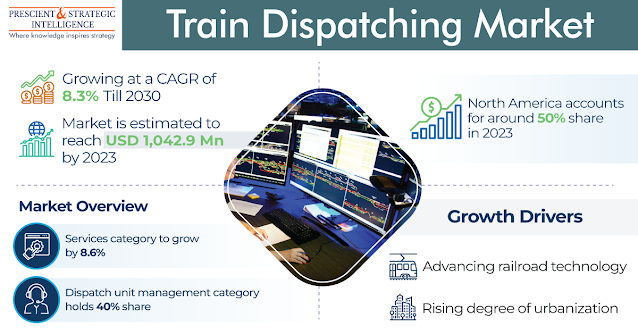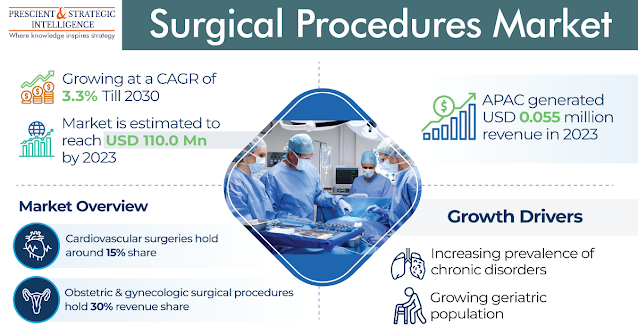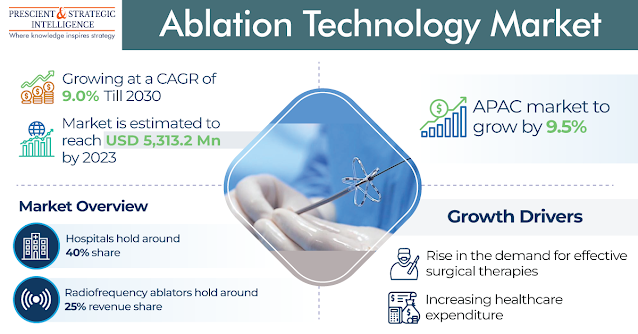The market size of the Asian green technology and sustainability is estimated to reach USD 5,816.3 million by 2023, with an annual growth rate of 11.1% over the period between 2023 and 2030, resulting in a total value of USD 12,072.6 million by 2030.
 |
| To learn more about this report: https://bit.ly/48stRYT |
The region is fortified with a robust manufacturing base, which is why it is observing the fast acceptance of IoT in different verticals, which is primarily boosting the demand for green tech solutions and services.
In 2023, the IoT category dominated the industry with a market share of 42.6%, and the category is also projected to experience the fastest growth during the projection period, credited to the advantage of this technology in terms of item sustainability and ecological manufacturing.
The development in the demand for IoT devices is credited to the improvements in IoT sensor techs, wireless connectivity, and sustainable results, which are inspiring a huge count of companies to embrace the digital revolution. With IoT solutions, businesses are turning toward more energy-efficient practices and establishing operational procedures in a way that decreases waste. Businesses are using IoT for sustainability in 7 different ways— air pollution monitoring, smart energy management, fleet management, smart waste management, smart farming, smart water management, and cold chain monitoring.
Carbon dioxide concentrations in the atmosphere are increasing primarily by man and industry, for example through the burning of coal, oil, or gas as well as deforestation. In response to rapid economic growth and energy usage, carbon emissions in Asia, especially China, have been rising sharply over the past few years. Between all the release sources, coal is responsible for over 60% (7.96 billion tons) of the releases from industries in the nation in 2021.
In 2023, the green buildings category had the largest share, of approximately 40.4%. With the increasing industrialization and commercialization across Asian nations, the construction of buildings has been increasing, in order to fulfill the space needs of businesses and residents.
As a significance of the resulting surge in energy generation, carbon emissions are growing at an alarming rate. Thus, to cope with the increasing energy needs without damaging the environment, the addition of green technologies in buildings has been on the surge. Green buildings are vital in justifying the negative externalities related to construction activities.
From the viewpoint of decreasing GHG emissions and power use, green buildings have substantial contributions, because of their usage of recyclable materials, renewable energy, and low-carbon components and maintainable operation and maintenance patterns.
Hence, the Asia green technology and sustainability industry is driven by the alarming rate of GHG emissions and rising energy demand.
























